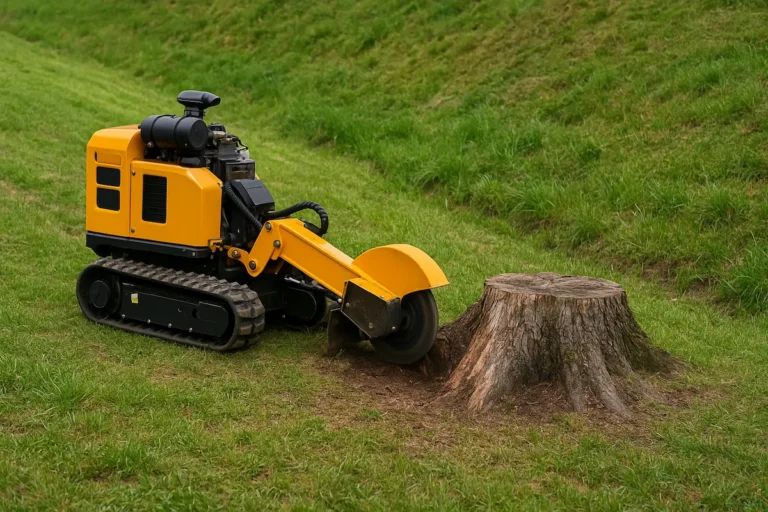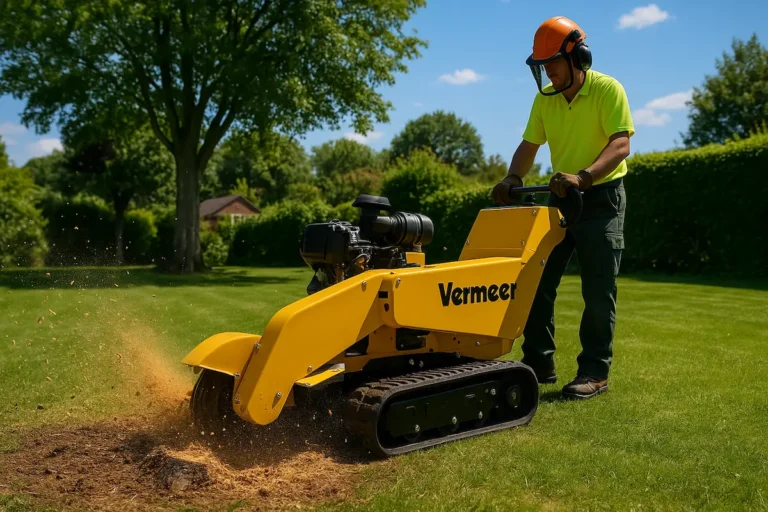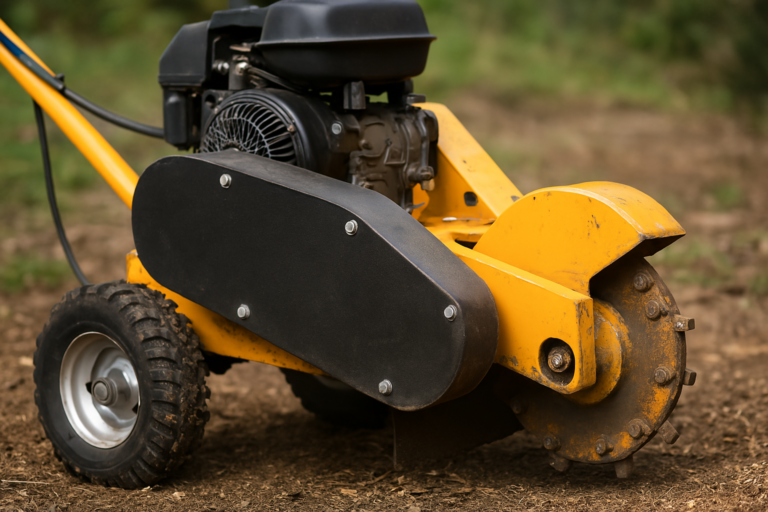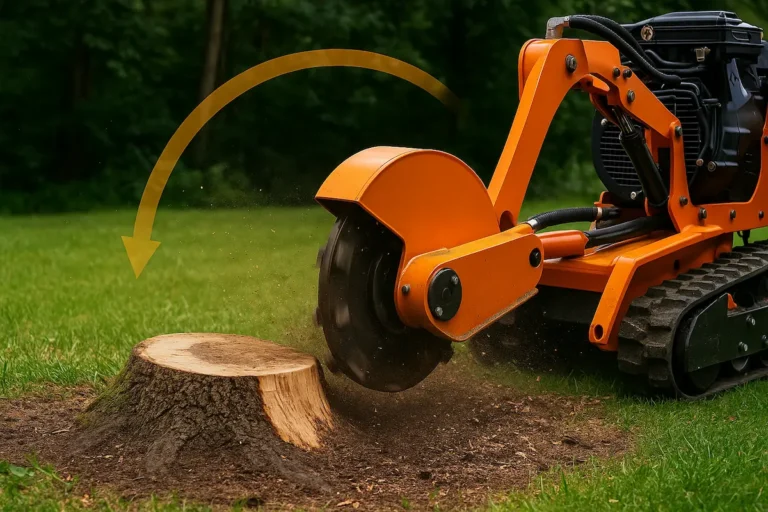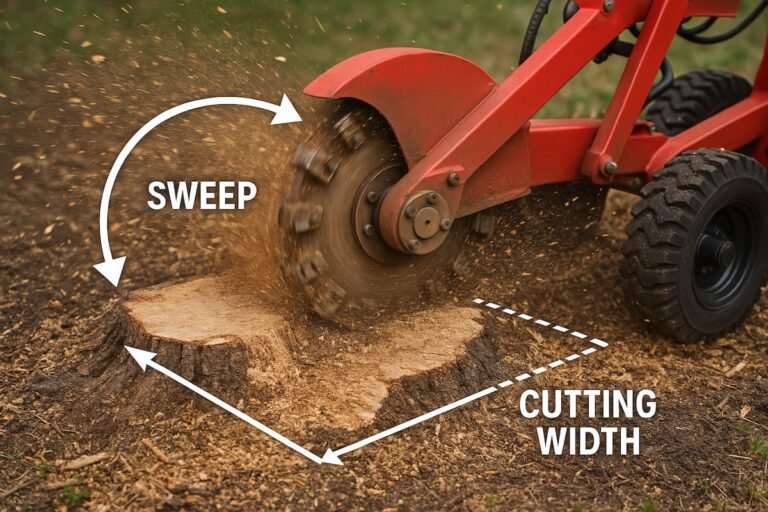What is an Arborist? Unveiling the Tree Care Professional
Have you ever wondered who cares for the tall trees in your neighbourhood, parks and forests? Or who makes sure they’re healthy and safe? That’s what arborists do! They’re the experts who look after trees.
Defining Arboriculture: The Science and Art of Tree Management
Arboriculture is the work of caring for trees. It mixes science with hands-on skills. Arborists know all about different types of trees, how they grow, and what they need to stay healthy.
Think of arborists as tree doctors. Like doctors for people, they check trees for problems, treat tree sickness, and help trees grow strong. They also know how to trim trees safely when branches get too big or dangerous.
Arborist vs. Forester: Understanding the Distinct Roles in Tree Care
People often mix up arborists and foresters, but they do different jobs:
| Arborists | Foresters |
|---|---|
| Focus on individual trees | Manage whole forests |
| Work in towns and cities | Work in rural areas |
| Care for trees where people live | Plan timber cutting |
| Trim and treat trees | Manage large areas of land |
An arborist is like a doctor for a single person, while a forester is more like a public health worker who looks after whole communities.
The Arborist’s Core Mission: Championing Tree Health and Safety
The main job of an arborist is to keep trees healthy and ensure they’re safe. Trees face many problems in today’s world:
- Car exhaust and air pollution
- Limited space for roots in cities
- Damage from building work
- Bugs and diseases
- Bad weather and storms
Arborists help trees overcome these problems. They know what trees need to thrive, even in tough spots like city streets or small gardens.
A Day in the Life: Key Responsibilities of an Arborist
What does an arborist do each day? Their work changes with the seasons and what customers need, but here are their main tasks:
Diagnosing and Treating Tree Diseases and Pest Infestations
Just like us, trees can get sick. Arborists spot the signs early:
- Yellow or brown leaves when they should be green
- Spots or bumps on leaves
- Missing bark or oozing sap
- Strange growths or fungi
- Dead branches
Once they find a problem, they figure out how to treat it. This might mean spraying for bugs, giving the tree exceptional food, or removing badly infected parts.
The Art of Pruning: Enhancing Tree Structure and Health
Pruning is one of the most critical skills an arborist has. It’s not just cutting branches – carefully choosing which ones to remove and when.
Good pruning helps trees:
- Grow in a balanced way
- Stay strong in storms
- Get enough light and air
- Look their best
- Avoid damage to buildings or power lines
Bad pruning can hurt trees and even kill them, which is why proper training is so important for arborists.
Ensuring Safety: Tree Risk Assessment and Hazard Mitigation
A big part of an arborist’s job is keeping people safe. Trees are beautiful, but they can be dangerous if:
- They have dead branches that might fall
- Their trunks are weak or rotting
- They lean too much
- Storms have damaged them
- Their roots are lifting pavements
Arborists check for these dangers and fix them before anything bad happens. Sometimes, that means pruning branches, adding supports, or, sadly, removing a tree that can’t be saved.
The Vital Role of Arborists in Urban Environments
Trees in cities have a tough life. There’s not much soil, it’s hot, pollution, and space is tight. Yet city trees are super important:
- They give us shade and make streets cooler
- They clean the air we breathe
- They make our neighbourhoods look nicer
- They provide homes for birds and wildlife
- They help stop flooding by soaking up rain
Arborists help city trees survive these harsh conditions. They pick the right trees for each spot, ensure enough soil and water, and keep them healthy despite all the challenges.
Environmental Stewards: The Benefits of Arboriculture for Our Planet
Trees are some of our best allies in fighting climate change. They:
- Soak up carbon dioxide (the gas that causes global warming)
- Make oxygen for us to breathe
- Cool-down cities in summer
- Stop the soil from washing away in heavy rain
- Provide homes for thousands of animals, birds and insects
By keeping trees healthy, arborists help our whole planet. Each tree they save or plant affects our future.
More Than Just Greenery: Economic and Social Contributions of Arborists
The work of arborists brings many benefits we might not think about:
- Money savings: Healthy trees increase property values by 5-20%
- Energy bills: Trees that shade houses can cut air conditioning costs by 30%
- Mental health: People living near trees have less stress and anxiety
- Community pride: Well-kept trees make neighbourhoods feel cared for
- Historical value: Old trees connect us to our past
When we see a beautiful, leafy street, we have arborists to thank for it.
Path to Becoming an Arborist: Education, Training, and Experience
How do you become an arborist? There are several paths:
- Education: Many arborists study horticulture, forestry, or plant science at college
- Apprenticeships: Learning on the job with experienced tree workers
- Short courses: Special training in climbing, chainsaw use, and tree care
- Field experience: Working with trees day in and day out
Most arborists combine classroom learning with hands-on experience. The best ones never stop learning about new techniques and tree research.
Achieving Professional Excellence: Arborist Certifications and Qualifications
In the UK, serious arborists get special qualifications to show they know what they’re doing:
- NPTC certificates for using equipment like chainsaws safely
- Tech Cert (Arboriculture), which covers the science of trees
- Royal Forestry Society Certificates in arboriculture
- International Society of Arboriculture (ISA) certification
These qualifications help you know if an arborist is trained correctly. When trees are involved, safety is too important to trust someone without the right skills.
Specialisations in Arboriculture: Tailoring Expertise to Specific Needs
As arborists gain experience, they often focus on specific areas:
- Tree climbing specialists who work high in the canopy
- Consultants who advise on three problems
- Municipal arborists who care for public trees in towns
- Utility arborists who manage trees near power lines
- Research arborists who study new tree care methods
This means that when you need help with trees, you can find someone with the right knowledge for your situation.
The Growing Importance of Arboriculture in a Changing World
As our climate changes, trees face new challenges:
- Hotter summers and drought
- New pests moving in from warmer countries
- More powerful storms
- Less space as cities grow
Arborists are on the front line of helping trees adapt to these changes. Their work is becoming more critical than ever as we deal with global warming and try to keep our planet healthy.
Conclusion: Why We Need Arborists for a Sustainable Future
Trees are vital partners in creating a better future. They clean our air, cool our cities, support wildlife, and make our world beautiful. But they need help to survive in the modern world.
That’s where arborists come in. These tree experts combine science, practical skills, and a deep love of nature to keep our trees healthy. Their work touches all our lives, even if we don’t notice it.
Next time you see someone working in a tree, remember that arborists help to look after not just that tree but our whole environment. Their skill and dedication make our world greener, healthier, and more beautiful for everyone.
Would you like to learn more about trees in your area? Contact a certified arborist for a consultation. Many offer free advice to help you care for the trees around your home.


